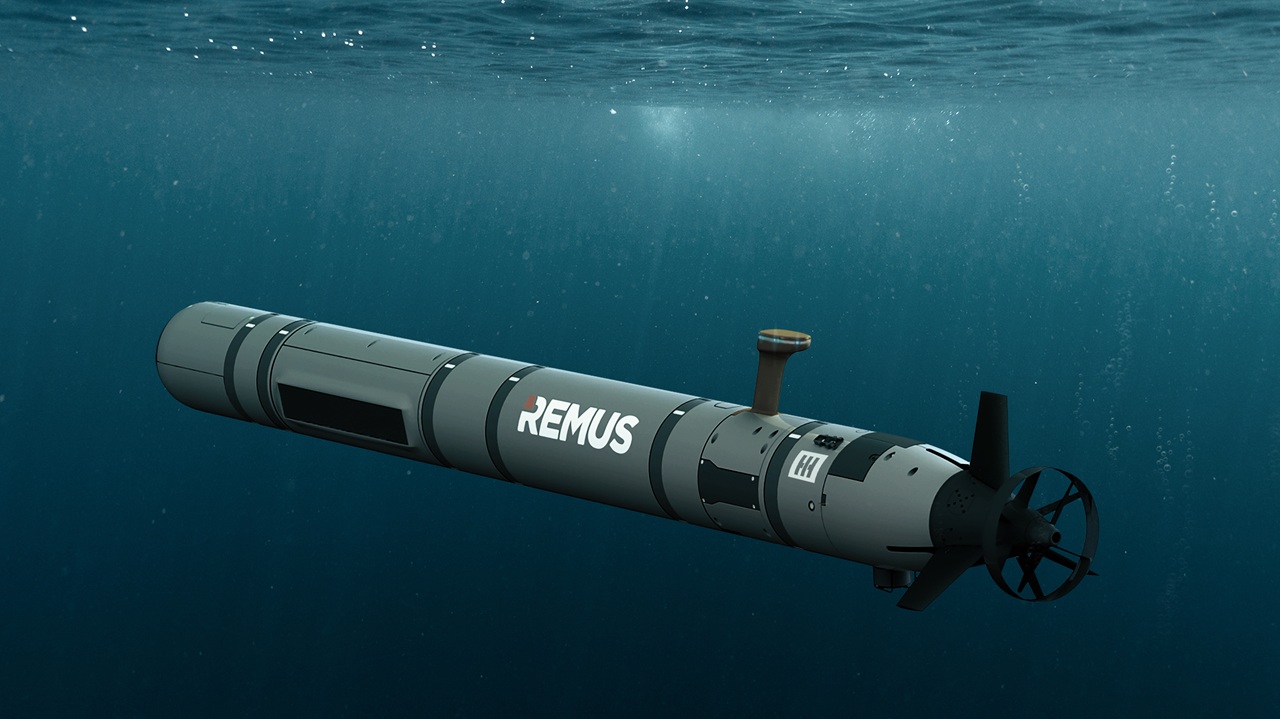The landscape of modern naval warfare is undergoing a profound transformation, with autonomous underwater vehicles emerging as pivotal assets. Central to this evolution is the Remus 620, a cutting-edge naval drone that represents a significant leap forward in modular, long-endurance technology designed to enhance American naval capabilities and maintain a strategic advantage in contested maritime environments.
In an era where global powers are rapidly developing sophisticated unmanned systems, the United States is intensely focused on fortifying its naval domain to counter potential adversaries. The imperative to stay competitive and relevant necessitates innovative solutions, and the Remus 620, an advanced unmanned underwater vehicle (UUV), is at the forefront of this strategic push, designed to operate effectively in complex oceanic theaters.
Developed through a collaborative effort between Huntington Ingalls Industries (HII) and the Woods Hole Oceanographic Institution (WHOI), the Remus 620 was launched in 2023. This medium-class unmanned underwater vehicle (MUUV) directly addresses the United States Navy’s critical need for versatile and stealthy platforms capable of conducting a wide array of missions without risking human personnel in high-threat areas.
The Remus 620’s open architecture is a testament to its exceptional adaptability, supporting diverse operational requirements including intelligence-gathering, surveillance, and reconnaissance (ISR), mine countermeasures (MCM), hydrographic surveys, anti-submarine warfare (ASW), and electronic warfare (EW). This broad mission set significantly enhances America’s naval operations, allowing for comprehensive maritime domain awareness and control.
Designed for seamless integration with existing crewed platforms, such as the Virginia-class submarines, the Remus 620 operates akin to a “Loyal Wingman” concept for naval forces, extending their reach and capabilities while minimizing exposure to risk. This synergistic approach underscores a broader strategic shift towards networked warfare, where unmanned systems augment traditional naval power.
Boasting impressive technical specifications, the Remus 620 distinguishes itself with a modular design that features customizable payload modules—both dry and wet—and universal bulkhead adapters. This flexibility allows for the rapid integration of mission-specific tools, while its speed of up to eight knots positions it as an ultimate maritime stealth attack craft. Advanced sensors, including the synthetic aperture sonar for high-resolution imaging, further bolster its mission flexibility, alongside robust cyber-ready features.
Recent significant milestones underscore the Remus 620’s advanced maturation and imminent readiness for deployment. In a rigorous evaluation earlier this year, it successfully completed the Navy’s UUV Confidence Course in Bangor, Washington. This critical test validated its technical performance, demonstrating its reliability and operational robustness under demanding conditions, affirming its status as a vital piece of military technology.
Further progress was marked by a recent joint team effort involving HII, WHOI, and the Naval Undersea Warfare Center Division Newport, which conducted a crucial dry-run test for the Remus 620’s torpedo tube deployment. This test confirmed its compatibility with Ohio-class submarine weapons handling systems and Mk71 torpedo tubes, positioning the Remus 620 as a key asset for the US Navy in maintaining a competitive edge in modern warfare’s constantly evolving challenges.
The ongoing development and successful testing of advanced unmanned underwater vehicles like the Remus 620 signal a profound shift in military strategy. As the age of exclusively manned warfighting platforms gradually recedes, nations that embrace and master autonomous systems will undoubtedly gain significant first-mover advantages in any future global power conflicts, reshaping the future of national security.






Leave a Reply